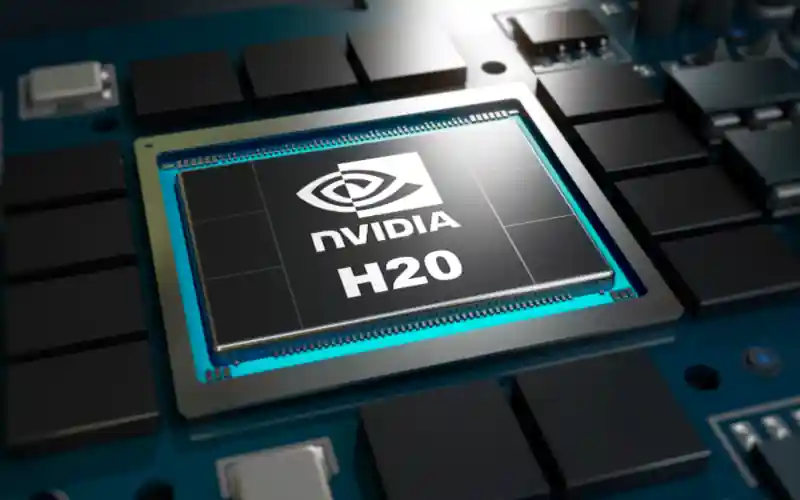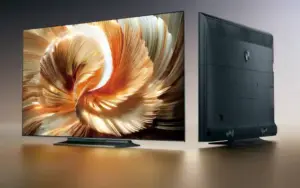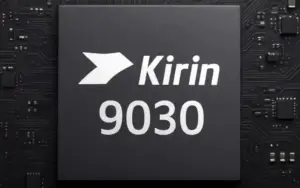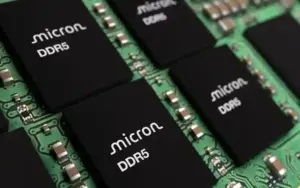China’s Secretive NVIDIA AI Chip Repair Boom

- Despite U.S. export bans, a thriving repair market for NVIDIA’s advanced AI chips has emerged in China.
- This surge suggests widespread smuggling and persistent demand for high-end GPUs.
A curious industry is burgeoning in China, seemingly defying U.S. export controls: the repair of advanced NVIDIA AI chipsets. These services cater primarily to NVIDIA H100 and A100 GPUs, which are theoretically banned from sale in China but are clearly present in significant numbers. This unexpected demand for repair underscores the continued need for these powerful chips within the country, despite efforts to restrict their access. The rapid growth of this repair sector also suggests a substantial flow of smuggled chipsets into China.
The Unseen Market for Banned Chips
A dozen specialized companies now offer these repair services, particularly in the tech hub of Shenzhen. Two such firms indicate that they mostly fix NVIDIA H100 and A100 GPUs, alongside various other chips that have somehow reached China. The H100 was banned from sale in China in September 2022 by U.S. authorities aiming to curtail Chinese technological progress, especially advancements with potential military applications. Its predecessor, the A100, was simultaneously banned after being on the market for over two years.
One co-owner of a firm, which has been repairing NVIDIA gaming GPUs for 15 years and started working on AI chips in late 2024, described a “really significant repair demand.” The business has been so successful that the owners established a new company specifically for these orders. This new entity now repairs up to 500 NVIDIA AI chips monthly, with facilities capable of simulating customer data center environments for testing and repair validation. The rapid expansion of this repair industry since late last year supports the notion of considerable smuggling of NVIDIA chipsets into China.
Implications of Thriving Repair Services
This burgeoning repair industry highlights how NVIDIA’s advanced GPUs remain in high demand, even with new, albeit less powerful, offerings from Chinese tech giant Huawei. Tenders have shown that both the Chinese government and military have acquired banned U.S. AI chips. Concern about large-scale smuggling of high-end NVIDIA products into China has prompted U.S. lawmakers from both Republican and Democratic parties to propose bills requiring chipset tracking to verify their location post-sale. The Trump administration has also recently supported this concept.
While the buying, selling, and repairing of NVIDIA GPUs aren’t illegal in China, sources for this article were reluctant to be identified, fearing scrutiny from U.S. or Chinese authorities. NVIDIA cannot legally provide repair or replacement services for restricted products in China. In other countries, however, if an NVIDIA GPU has a defect under warranty—typically three years—the company usually replaces it. An NVIDIA spokesperson stated that only the company and authorized partners can provide the necessary service and support, adding that using restricted products without approved hardware, software, and technical support is “a nonstarter, both technically and economically.”
Enduring Demand and Future Challenges
The demand for these repairs may not diminish soon. NVIDIA was only recently permitted to resume sales of its H20 AI chipset, specifically developed for China to comply with U.S. restrictions. Nevertheless, switching to H20 chipsets isn’t necessarily a simple or optimal solution for Chinese entities. Industry sources indicate that one H20 server with eight GPUs will likely exceed 1 million yuan (approximately $139,400).
Although H20 chipsets boast increased memory bandwidth and are designed for AI inference tasks, firms engaged in training large language models would likely prefer H100 chipsets, which are better suited for that purpose. Some of the H100 and A100 GPUs currently in China have been processing data continuously for years, leading to increased failure rates. Depending on usage and maintenance, an NVIDIA GPU generally lasts between two to five years before requiring repair. Repair costs range from 10,000 to 20,000 yuan ($1,400 to $2,800), depending on complexity.
The second Shenzhen-based repair provider, which shifted from GPU rentals to repairs this year, can fix up to 200 NVIDIA AI chips monthly, charging about 10% of the GPUs’ original selling price per repair. Services typically include software testing, fan repair, printed circuit board and GPU memory fault diagnostics, and replacement of broken parts. Meanwhile, the smuggling of high-end NVIDIA chips continues, with Chinese chip traders reporting that customer demand is shifting towards the top-of-the-line B200 chips, which NVIDIA began shipping in larger quantities to other countries this year. A server equipped with eight B200 GPUs can cost over 3 million yuan in China.
A fascinating aspect of this situation is the ingenuity employed by repair companies. They often source specialized tools and components, sometimes from the gray market, to work on these complex chips. This underground ecosystem for high-tech repair reflects the strong economic incentives driving the continued use of cutting-edge AI hardware in China, despite the significant geopolitical challenges involved.









